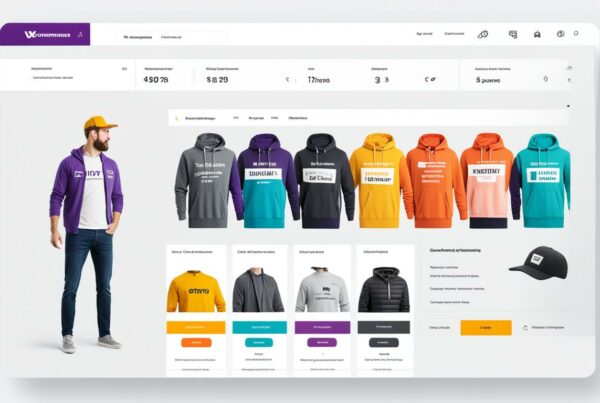Developers, computer geeks and IT journalists all disagree on the exact nature of Progressive Web Apps (PWAs). Everyone agrees that a PWA is a website that behaves like an app, that they combine the best of both websites and native apps, pretty much without the downside of either, but just what is it precisely that distinguishes a PWA from an app or a website?
Here, we describe 9 common characteristics shared by all PWAs and explore briefly the advantages of each.
1. Universality – PWAs were developed out of Responsive Design and can be deployed on any device, regardless of platform or browser, on any size of screen or window.
So, just like a mobile-first website in this respect, then.
Advantages: No need for separate versions for different platforms. Therefore, lower production costs and shorter development times.
2. Offline functionality – PWAs behave like native apps in that they function even where there is no internet connection, via Service Workers, which retrieve and deploy core functions, stored in the browser cache. Functionality increases progressively as the internet connection improves. The browser cache limits the amount of storage space taken up by the PWA.
Advantages: obvious – reliable, convenient access, whenever and wherever, is great for customer engagement.
3. Not downloaded, but stored remotely, like a website or web app.
Advantages – no need to visit an App Store to download it. Also, massive saving on storage space in the device, compared to native apps, which occupy significant amounts of NAND memory. The browser cache limits the amount of storage space taken up by the PWA. This varies according to each browser, e.g. Safari will allocate a maximum of 50MB, while Chrome imposes a limit of 6% of available free disk space.
4. Icon on the Home Screen
Although it is stored remotely, it looks like a native app, even down to the launch icon on the Home Screen.
Advantages – ever-present in your users’ mind. It’s there, alongside all those apps that took so many steps to install via an app store. It even behaves like an app, with smooth interactions.
5. Easy installation via browser
The installation of your PWA was frictionless and easy. Just like that, silky and smooth, your brand slipped onto to your users’ devices.
Advantages: technically, a separate point, but also very easily updated, automatically, across all networks.
6. Push notifications – message your users even when they are not using the app.
Advantages: A study by independent analysts shows that push notifications dramatically increase engagement and customer retention. For example, e-commerce app users who receive push notifications engage 278% more, compared to those who decline to receive them.
7. Discoverable by Google: Although it behaves like an app, it is recognised and indexed by Google as a website.
And, because PWAs enjoy exponentially higher engagement than the average website, Google notices and promotes them in SERPs. This also means that the PWA is easily shareable – just distribute the URL to share the love.
8. Safe and secure: PWAs always connect via an https URL for greater security
Advantages: Customer confidence that their data and banking details are safe. Even more Brownie SEO promotion points from Google, which loves https and punishes http sites with demotion.
9. App-like integration of device functions
Just like an app, it can access functions on your users’ devices: camera, phone, maps, GPS, etc.
Advantages: yet again, it’s a website when you need a website and an app when you need an app. What’s not to like?
You’ve got our number
So, 9 (arguably maybe 2 or 3 more, as we doubled some up: see if you can spot them) common features of PWAs and their advantages. No wonder they’re hot property right now.
If you’d like to discuss what a PWA could do for your business, get in touch. We’ve been designing webs and apps for 20 years and we’re leading the way with PWAs.
Internet Creation Ltd. specialises in Web Design & Development, Graphics Design and Digital Marketing (SEO & PPC). For more information on how we can help your business, email [email protected].





